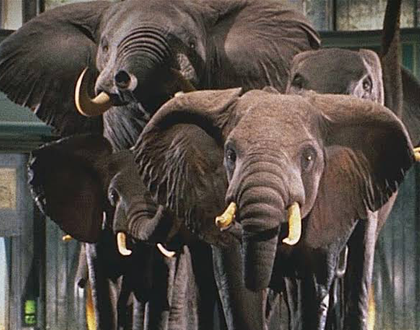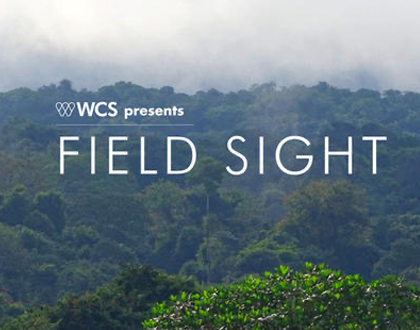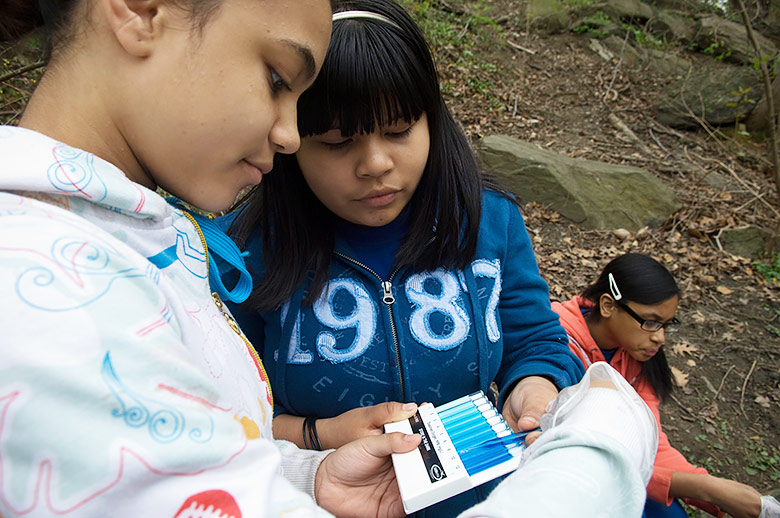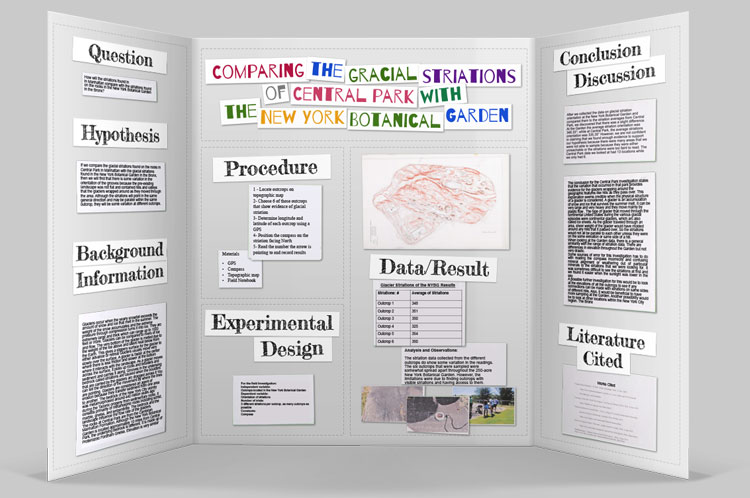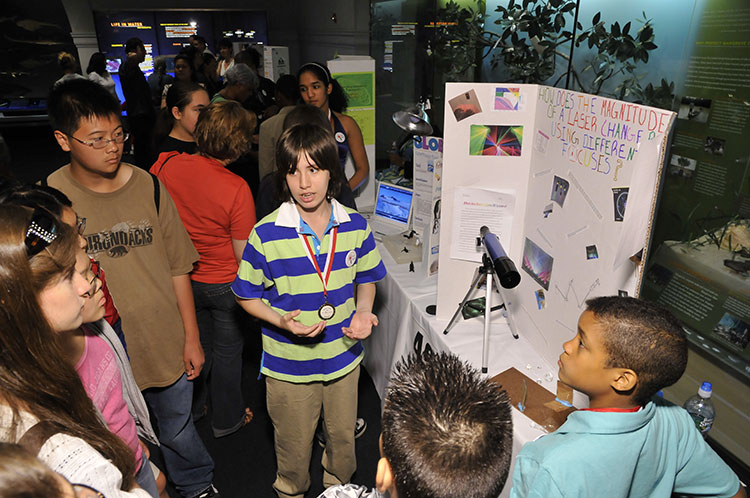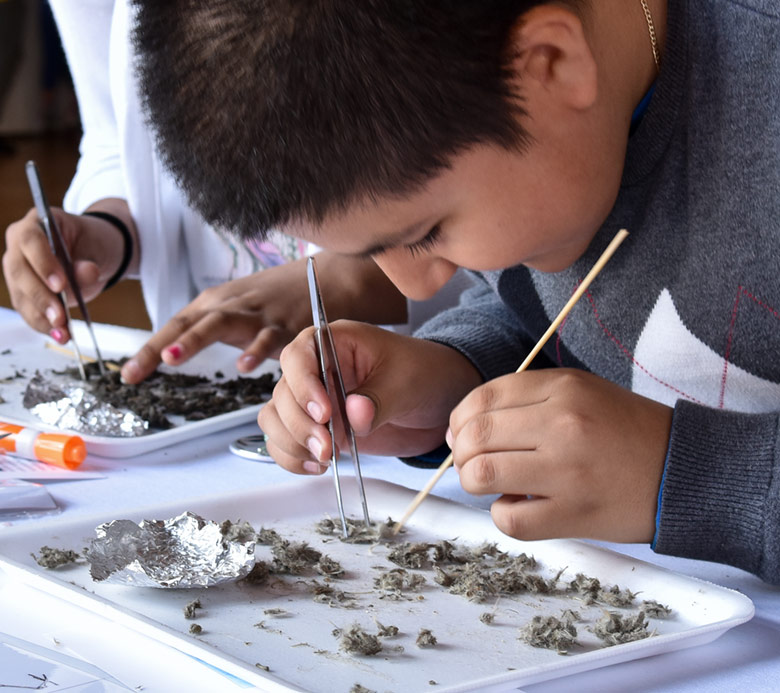Science at Home
AMNH virtual tour by Google Arts and Culture (click on the yellow figure to the right of header)
Age or Grade Band: All
American Museum of Natural History
Field Sight
Video clips of field staff explaining the stories of WCS conservation work paired with curated curriculum tools from our professional development team.
Age or Grade Band: 6-12
WCS (BZ & NYA)
Doing Investigations
Urban Advantage students explore a wide variety of topics, some in their kitchens, some at zoos, gardens and school. What areas of investigation would you like to explore? Click on the links to learn more about these fields of science.
- Life Science: Plants, animals and ecosystems
- Earth and Space Science: Weather, Climate, Earthquakes and Sun Spots
- Chemistry and Physics: Magnets, chemical reactions, forces and motion
- Engineering and Design: rockets, submersibles, and windmills
Completing a science investigation has many steps and sections. Whether you are investigating life, physical, or earth science questions the process is similar. This page is intended to help UA students through all the steps of their investigation and outlines how to create a display board to share their work with other aspiring scientists.
Browse sample projects by UA students and watch your own ideas come into focus!
Investigations are grouped by subject, into Life Science, Earth and Space Science, Chemistry and Physics, and Engineering and Design. See which investigation ‘strategy’ was used to answer a scientific question. Controlled experiment? Field study? Design investigation? Secondary research? Keep your own science interests in mind as you browse!
One of the big goals of Urban Advantage is to help teachers and students in UA schools conduct investigations. Investigations can take a variety of forms, but they are all about “Doing Science!” These investigations can address questions in life, physical, and earth science, and you might approach your question using one of several different “investigation strategies” (as a controlled experiment, field investigation, design investigation or secondary research). This page is intended to help UA students think about, and see examples of these different sorts of investigations.
Learn More